Overview
Explore the rich history, craftsmanship, and cultural significance of pocket knives, particularly those made from Damascus Steel. Discover global variations, factors to consider when purchasing, and essential care tips for maintaining these versatile tools that blend utility with artistry. Join the growing community of pocket knife enthusiasts today!
Frequently Asked Questions
1. What is Damascus Steel?
2. What are the benefits of using a Damascus Steel pocket knife?
3. What are the different styles of pocket knives around the world?
4. How should I care for my Damascus Steel pocket knife?
5. What factors should I consider when purchasing a pocket knife?
Globally, pocket knives have carved a niche for themselves as essential tools for everyday carry, survival situations, and even artistic expressions. Among the many variations, one material stands out for its exceptional qualities: Damascus Steel. This article delves into the fascinating world of pocket knives, their origins, and the remarkable craftsmanship behind Damascus Steel blades.
The Rich History of Pocket Knives
Dating back thousands of years, pocket knives have been used by various cultures for utilitarian purposes. From the Roman soldiers wielding folding knives to medieval craftsmen developing specialized tools, the evolution of pocket knives is tied closely to the growth of human civilization.
Ancient Tools and Innovations
The earliest pocket knives were likely simple blades made from flint or metal, crafted to serve practical needs. Over time, innovations in metallurgy gave rise to more intricate tools. Each region's artisans would integrate local materials and techniques into their designs, leading to a vast array of styles and functionalities.
The Role of Damascus Steel
One of the most intriguing materials used in pocket knife craftsmanship is Damascus Steel. Known for its distinctive patterns and sharpness, this steel has been revered since ancient times. The process of making Damascus Steel involves layering different types of metals, then folding and forging them into a single blade. The result is not just aesthetically stunning but also offers superior performance capabilities.
Global Variations in Pocket Knife Design
As we traverse the globe, we discover unique cultural influences reflected in the designs of pocket knives. Here’s a look at some interesting regional styles:
American Buck Knives
In the United States, buck knives symbolize craftsmanship with a focus on versatility and durability. Characterized by their rugged designs, American pocket knives vary from traditional to modern models, serving a range of functionalities from everyday tasks to outdoor adventures.
Swiss Army Knives
Originating from Switzerland, these multi-functional tools are synonymous with practicality. Swiss Army knives often feature a variety of blades, screwdrivers, and can openers, all compactly housed in one device. Their ingenious designs ensure that they can handle almost any situation, from a picnic to a camping trip.
Japanese Higonokami Knives
Japanese craftsmanship is world-renowned, and the Higonokami knife is a prime example of this heritage. Often made with Damascus Steel, these folding knives combine aesthetics with functionality. The smooth action of the blade and the beauty of the steel make Higonokami a cherished collector's item.
Why Choose Damascus Steel Pocket Knives?
Choosing a pocket knife made from Damascus Steel offers numerous advantages. Here are a few points to consider:
- Aesthetics: The unique patterns formed during the forging of the steel provide a visual appeal that is unmatched.
- Durability: Damascus Steel is known for its hardness, making it resistant to wear and tear over time.
- Sharpness: The edge retention and ease of sharpening of Damascus Steel blades make them ideal for a variety of tasks.
- Tradition: Owning a knife crafted with traditional methods connects users to a long lineage of craftsmanship.
Craftsmanship Behind Damascus Steel
The production of Damascus Steel involves meticulous techniques that artisans have perfected over many generations. The process begins with selecting different metals, typically high-carbon steel and low-carbon steel, which are then heated, folded, and forged together. This results in a layered appearance that gives Damascus its distinctive look and remarkable strength.
Forging Techniques
The artistry involved in creating Damascus Steel involves intricate patterns that vary from one craftsman to another. Common techniques may include:
- Twist Pattern: Metals are twisted together to form a unique swirling design.
- Raindrop Pattern: Tiny dots appear resembling raindrops due to the layering process.
- Ladder Pattern: This pattern gives a beautiful line-like design similar to the rungs of a ladder.
Understanding the Heat Treatment Process
To achieve optimal hardness and flexibility, craftsmen employ various heat treatment methods. This crucial step not only enhances the knife's performance but also contributes to the stunning visuals of the finished product.
Factors to Consider When Purchasing a Pocket Knife
When exploring the vast world of pocket knives, there are several factors to keep in mind to ensure you make the right purchase:
- Blade Material: Opt for high-quality materials, such as Damascus Steel, for enhanced durability.
- Size and Weight: Consider your needs; a compact knife may be ideal for everyday carry.
- Blade Type: Different shapes serve various purposes, so choose one that fits your intended use.
- Locking Mechanism: Ensure your knife has a reliable locking mechanism for safety during use.
Pocket Knives in Modern Culture
Across the globe, pocket knives have transcended their utilitarian use, becoming symbols of culture and tradition. In many regions, these knives are gifted on various occasions, representing trust and bond. The artistry behind pocket knives, especially those crafted from Damascus Steel, is celebrated by collectors and outdoor enthusiasts alike.
Pocket Knives as Collectibles
Collecting pocket knives has become a passionate hobby for many across the world. Enthusiasts appreciate the craftsmanship, the stories behind each knife, and the cultural significance they carry. Damascus Steel blades are often the focal point of collections due to their stunning designs and historical importance.
Everyday Use and Practicality
Not only are these knives admired as collectibles, but they also play an essential role in everyday tasks. From opening packages to preparing food on camping trips, the practicality of a pocket knife cannot be underestimated. Their versatility allows them to adapt to various needs, making them a staple in anyone's toolkit.
Caring for Your Damascus Steel Pocket Knife
To ensure the longevity of your Damascus Steel pocket knife, proper care and maintenance are essential. Here are some tips to help you preserve your knife’s quality:
- Cleaning: Regularly clean your knife using warm water and mild soap. Avoid harsh chemicals that may damage the steel.
- Dry Thoroughly: Always dry your knife after cleaning to prevent rust and corrosion.
- Oil the Blade: Apply a light coat of mineral oil or knife-specific oil to maintain its sheen and protect against moisture.
- Storage: Store your knife in a dry, cool place and consider using a protective sheath to avoid accidental damage.
Join the Pocket Knife Movement
The fascination with pocket knives is here to stay, and the intrigue surrounding Damascus Steel adds a layer of allure that captivates enthusiasts and newcomers alike. Whether you are a seasoned collector or exploring pocket knives for the first time, embracing this age-old craft connects you to a larger community of enthusiasts around the globe. So why not dive into the world of pocket knives and discover the perfect blade for your next adventure? Your journey begins with one simple step!


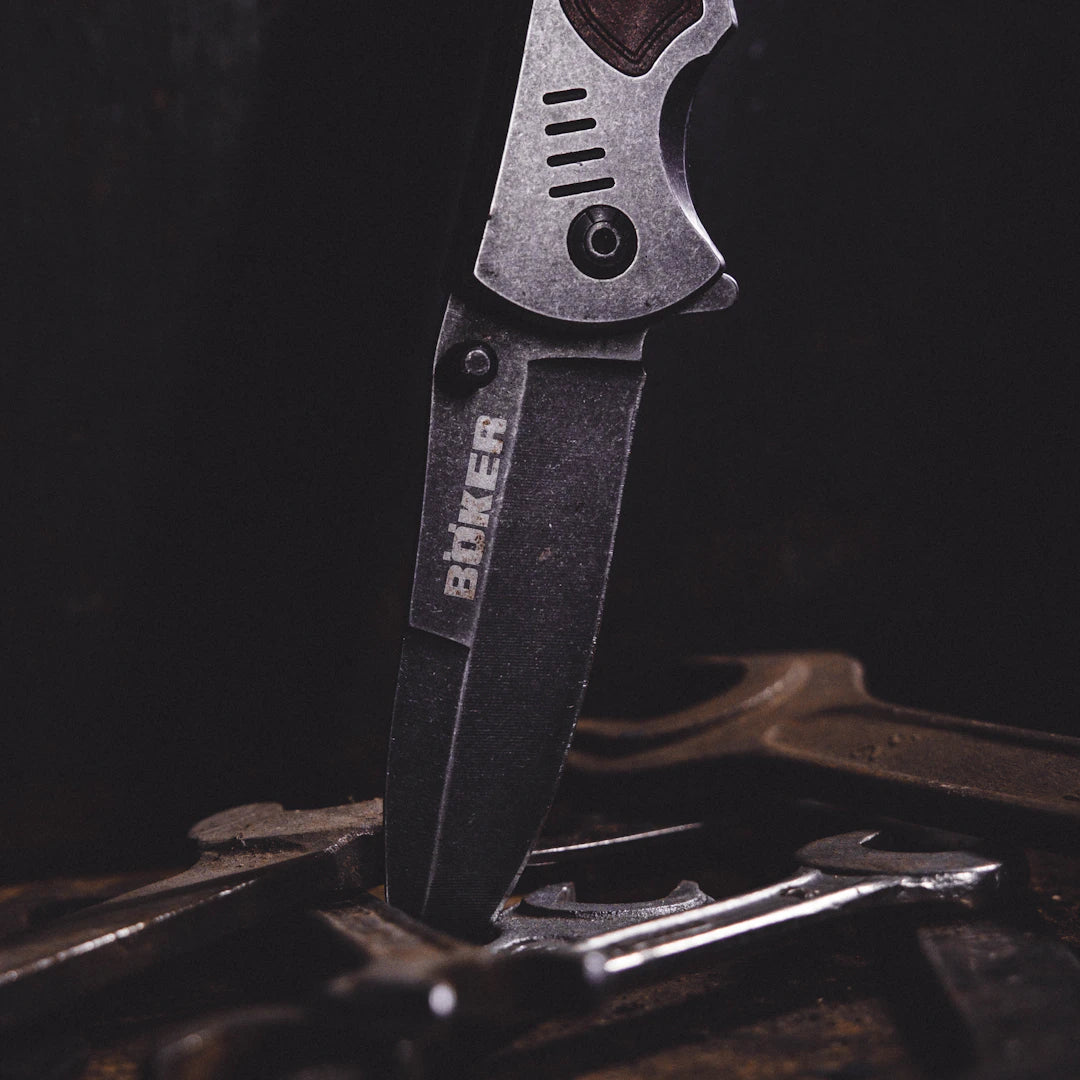
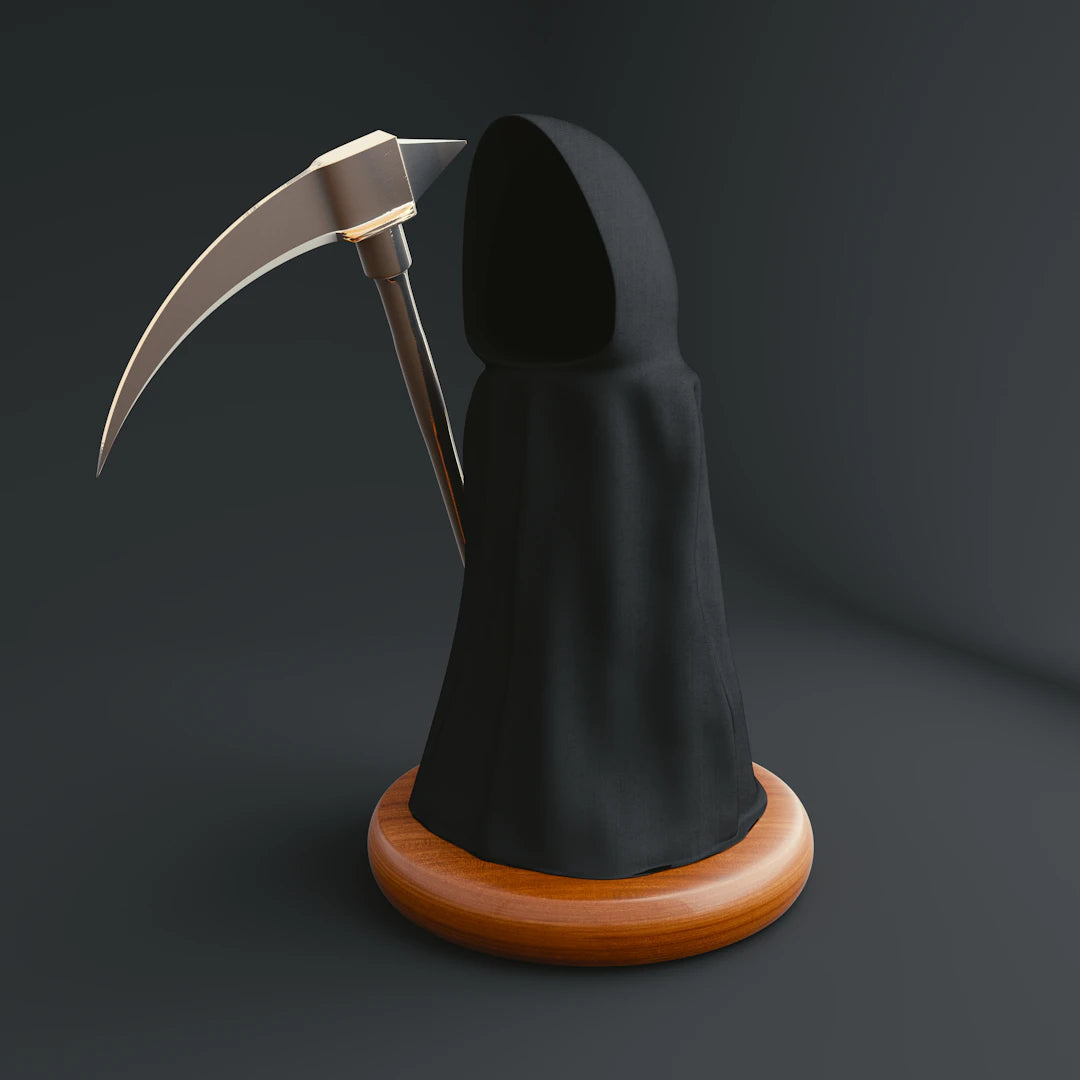
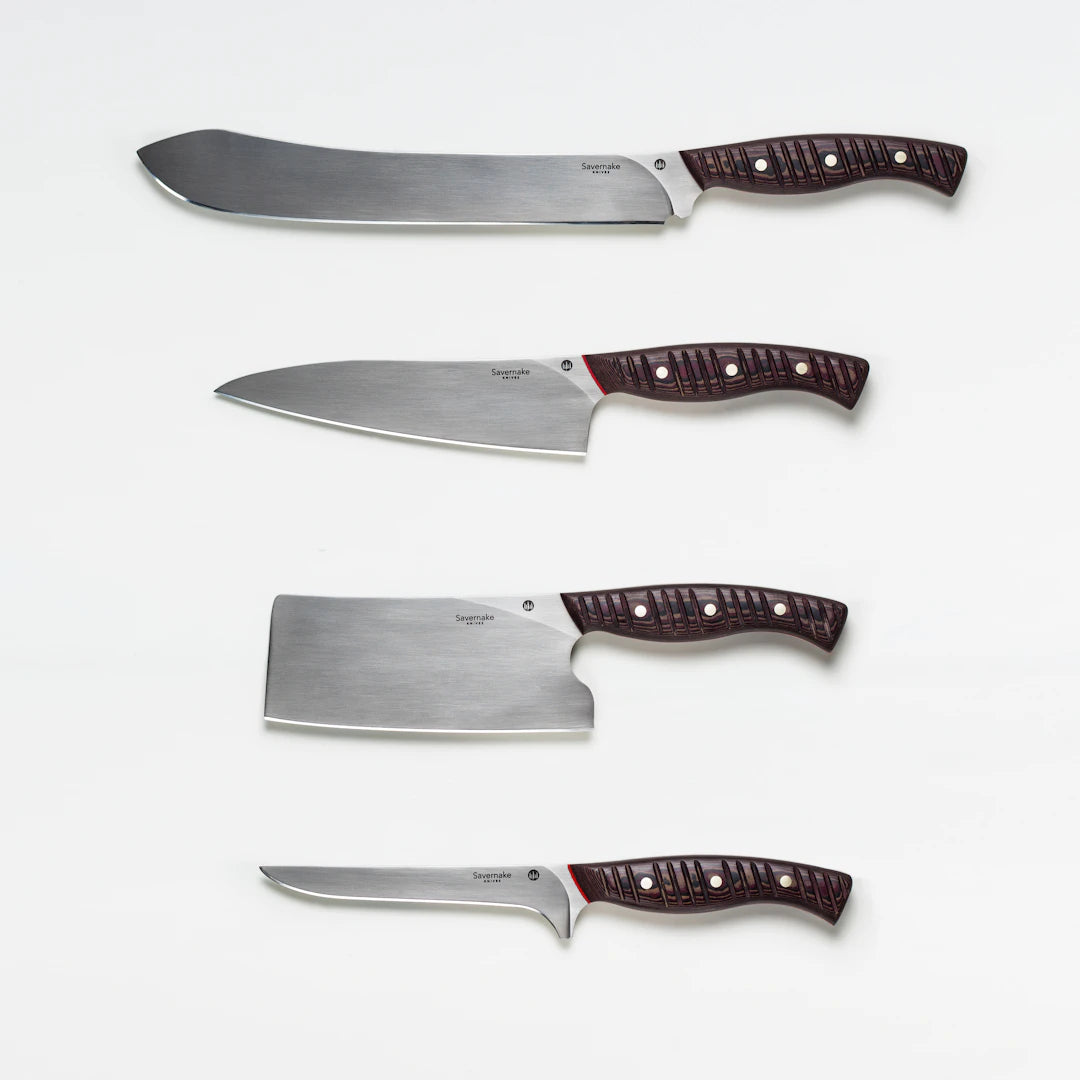
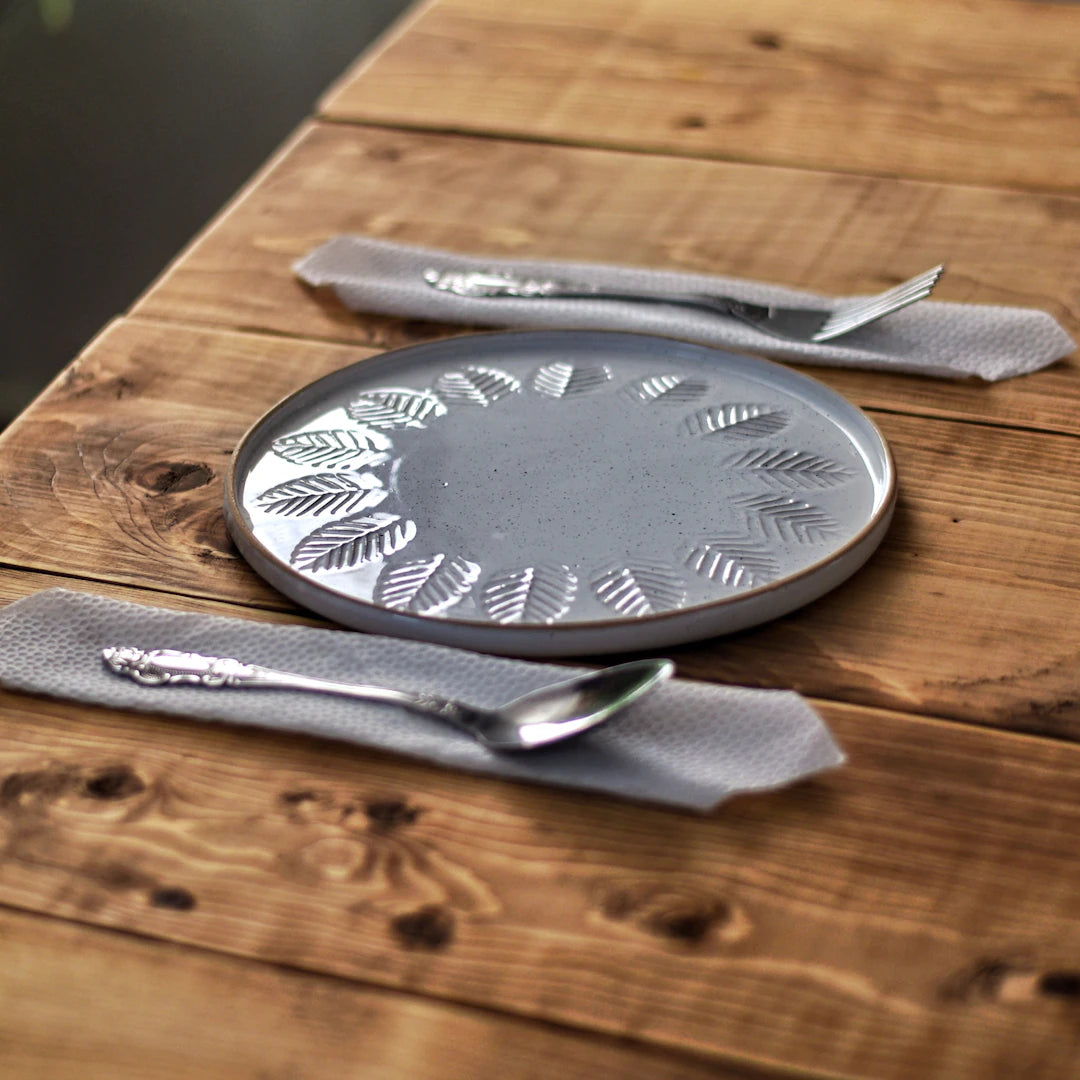

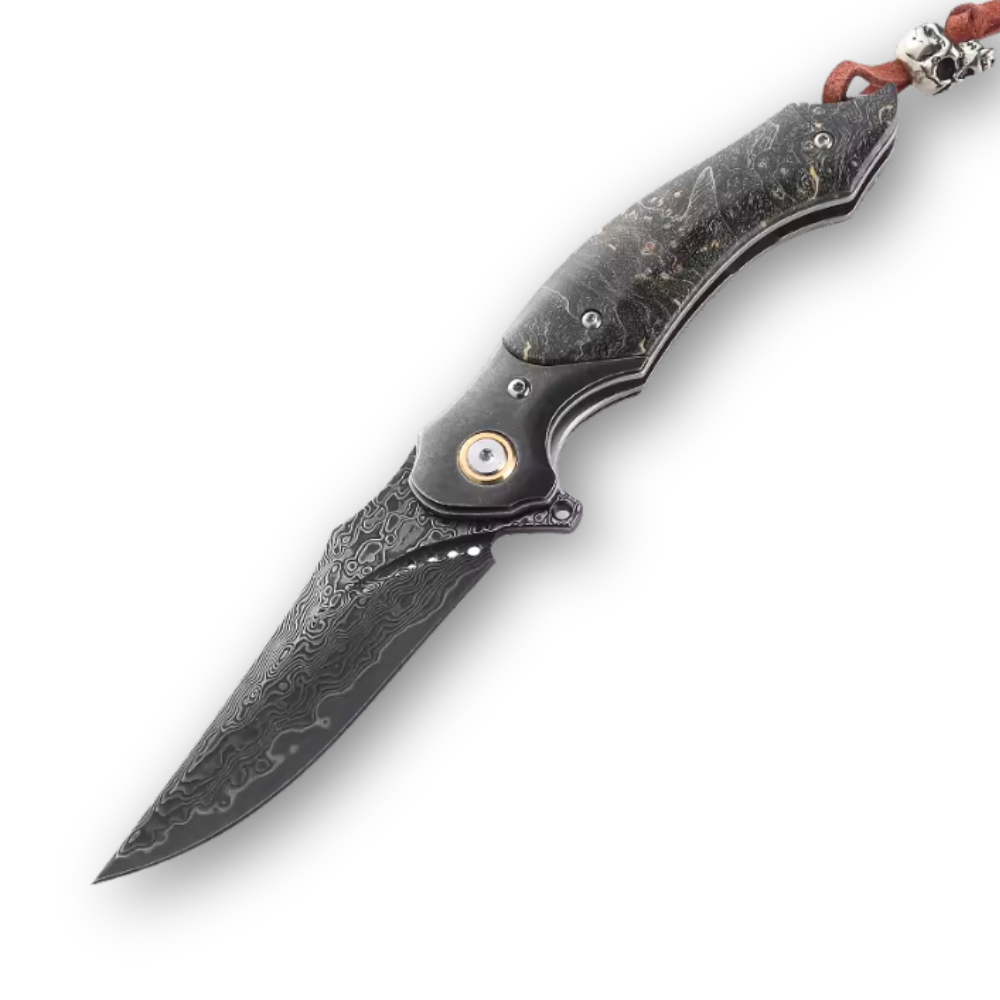
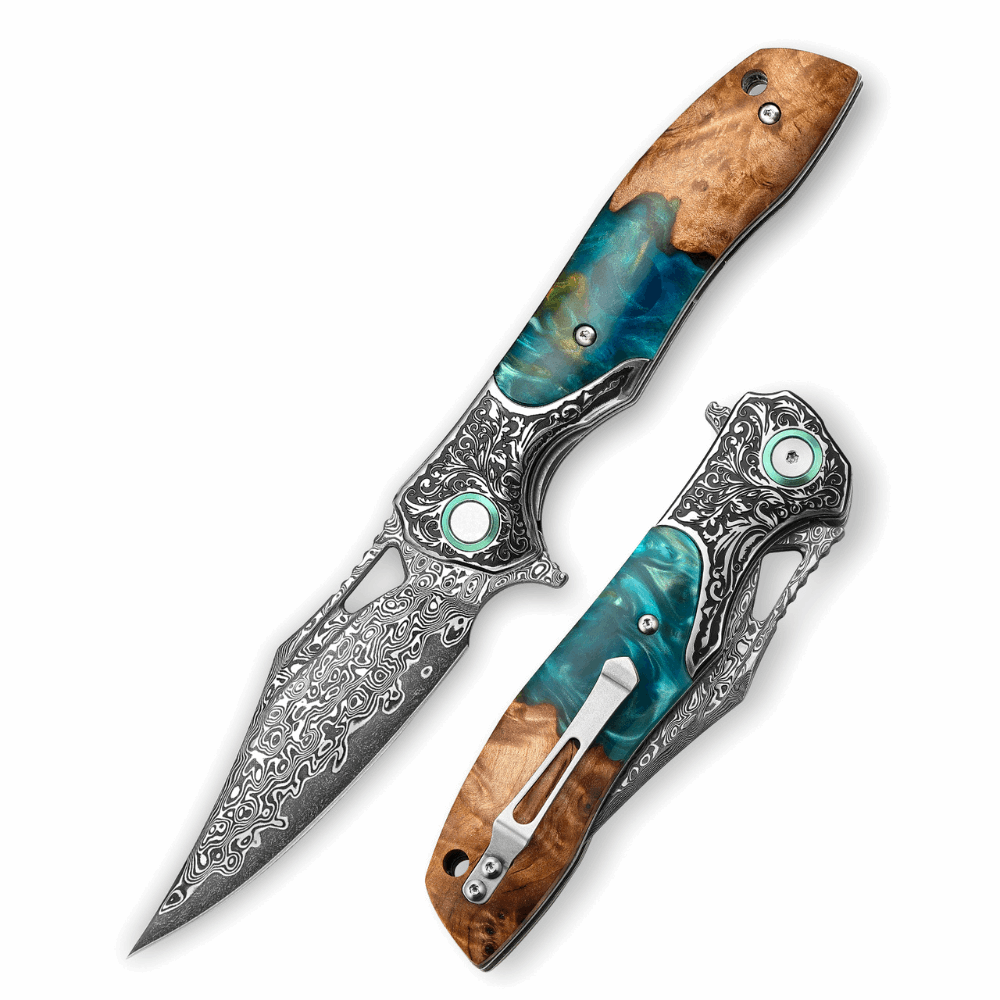
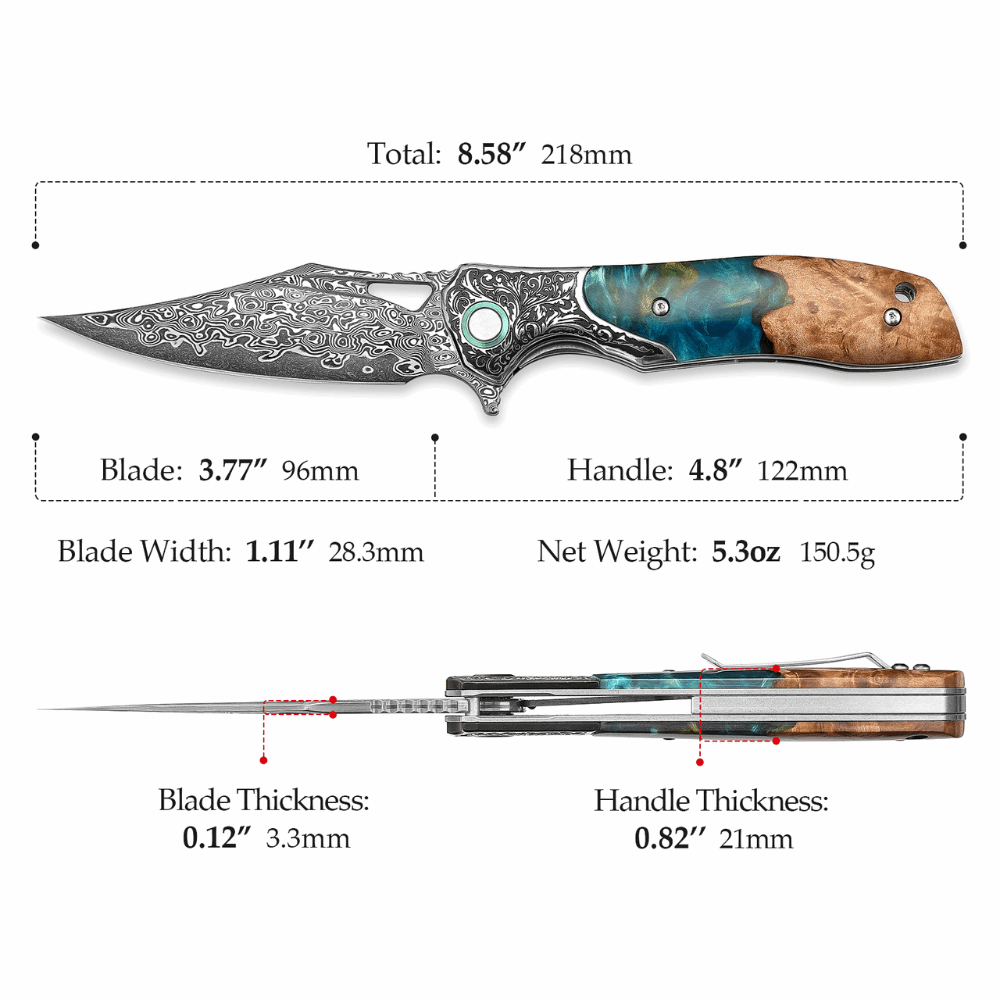
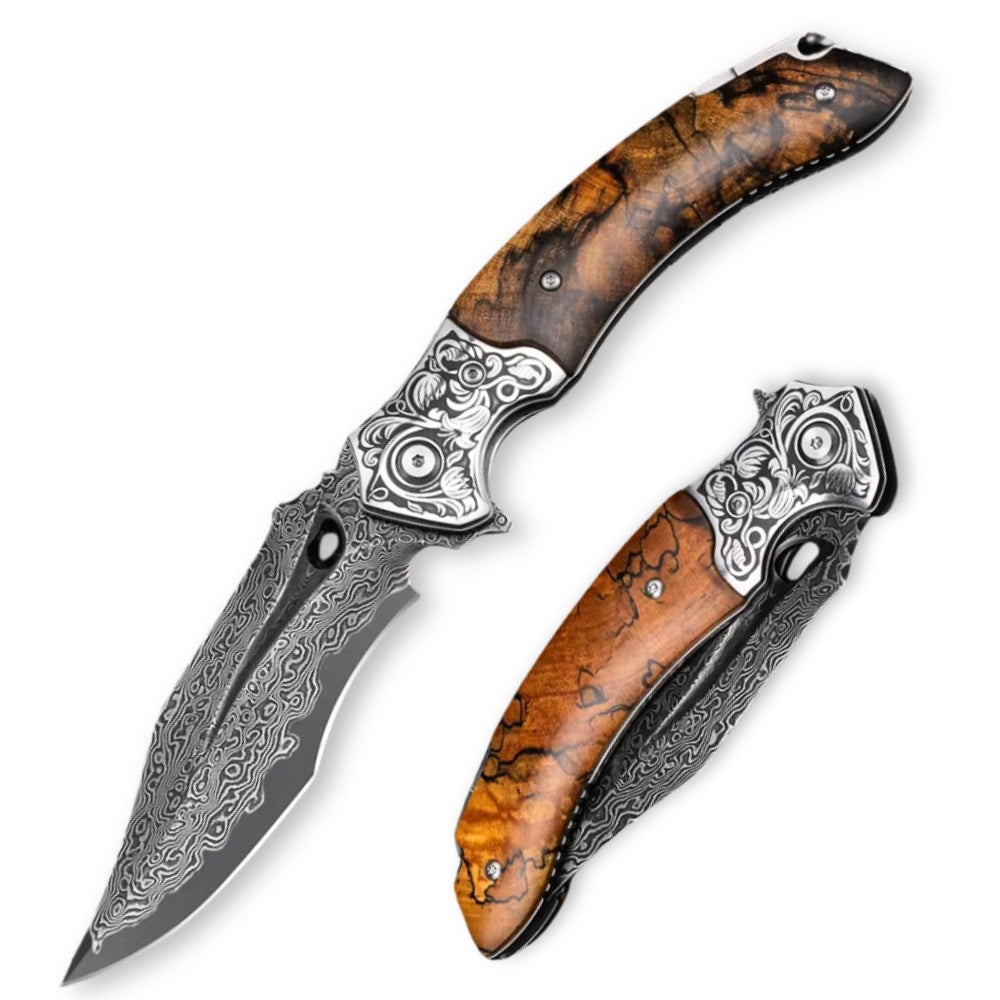
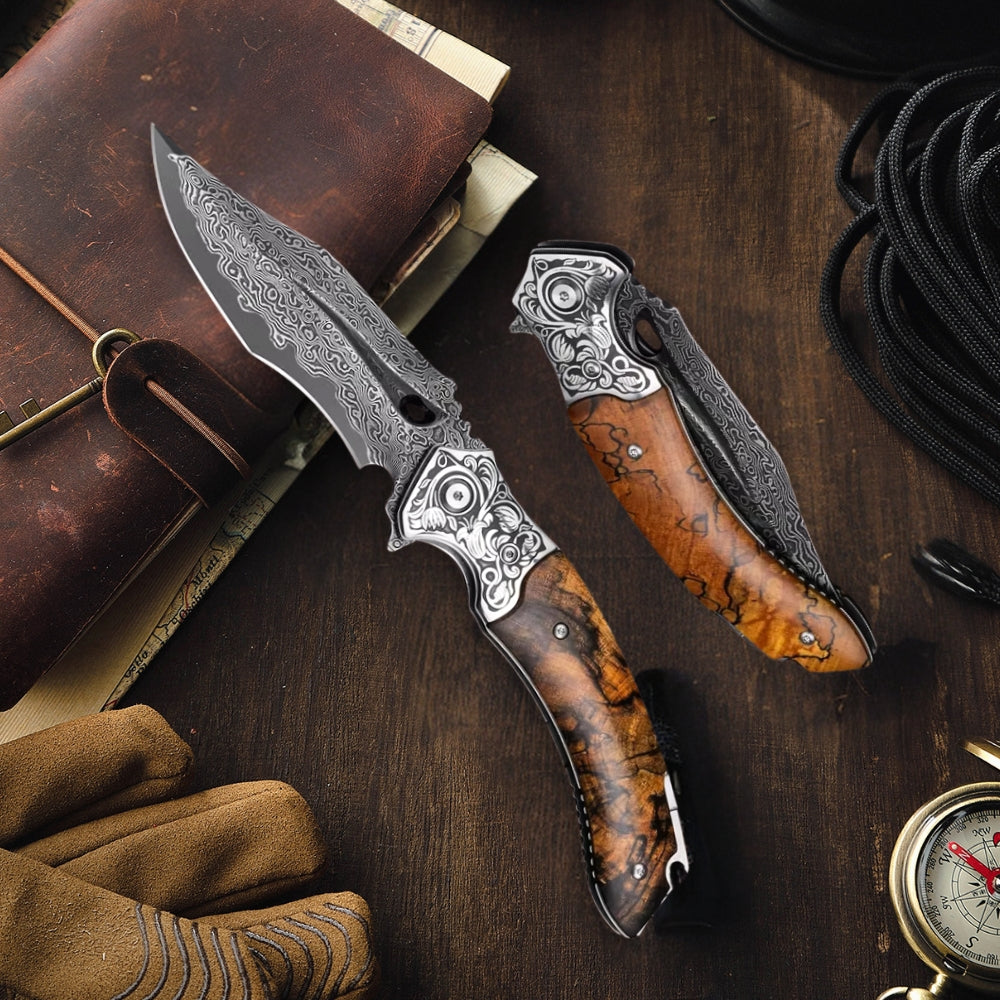
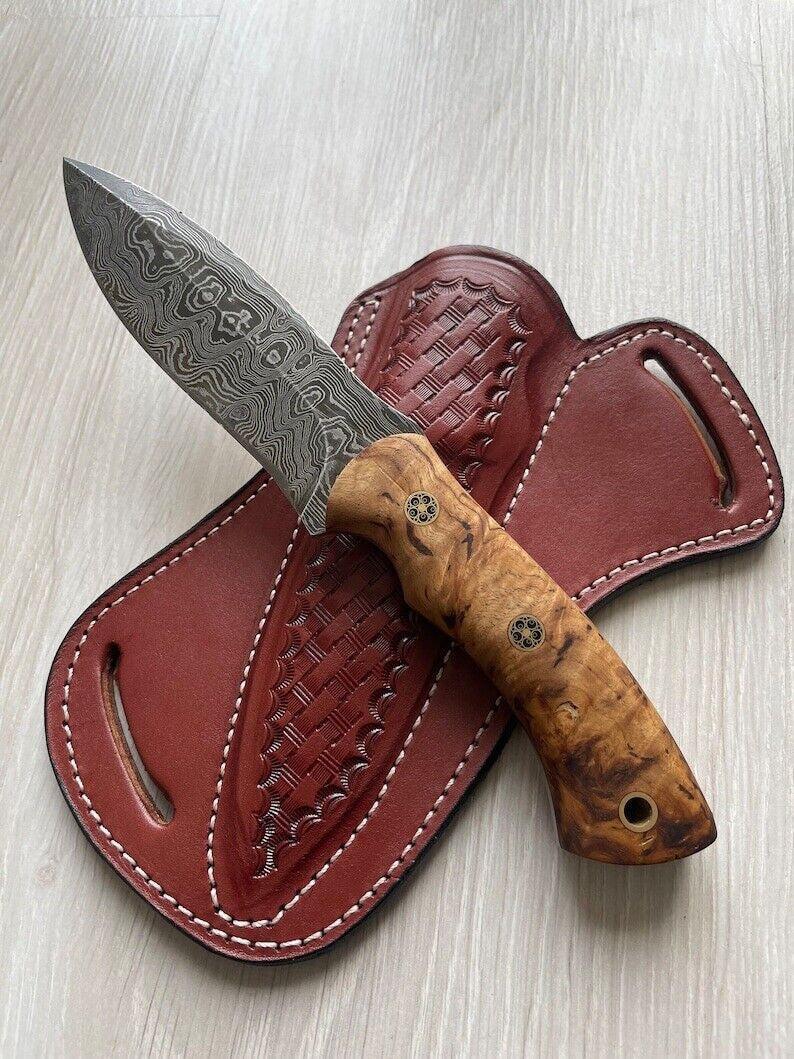
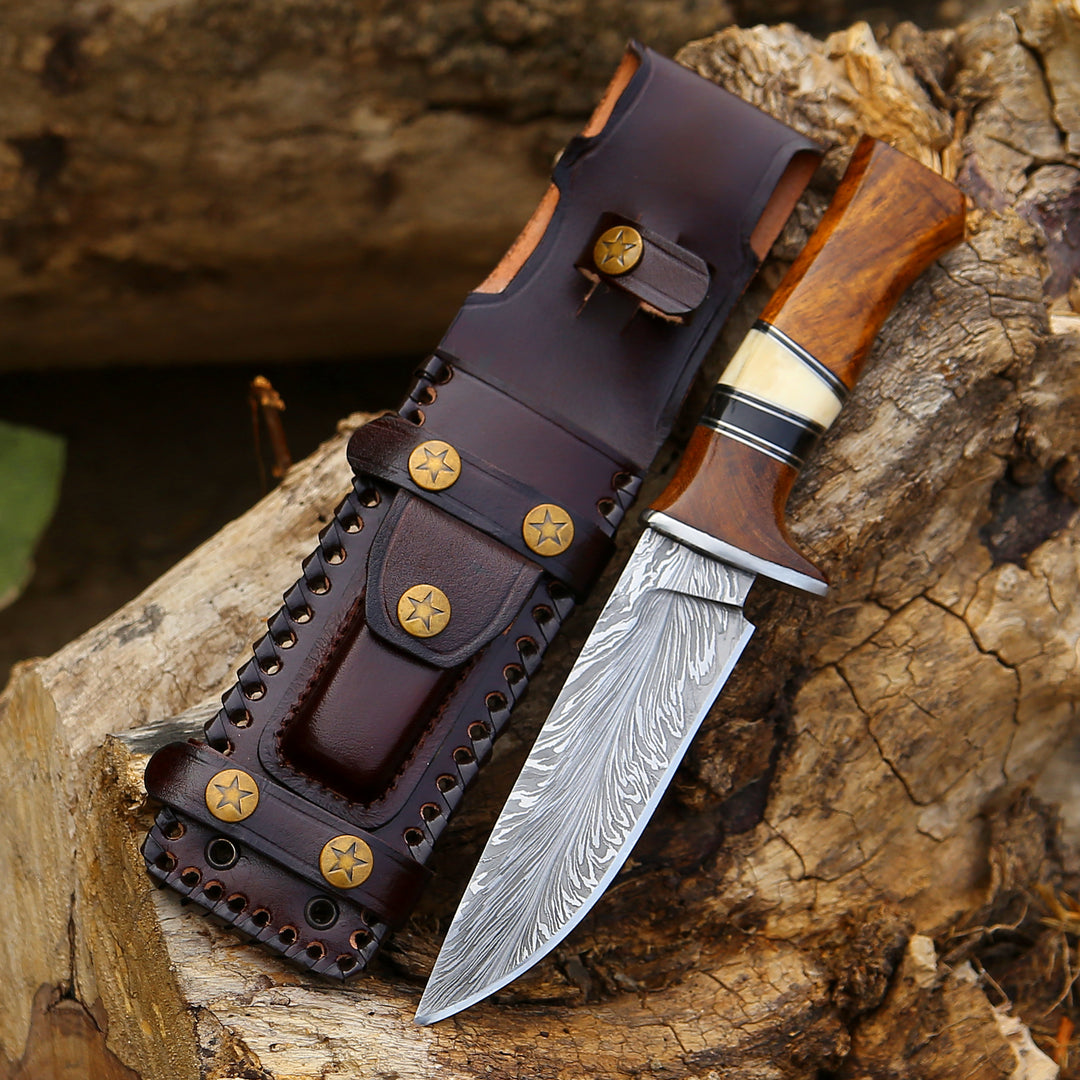
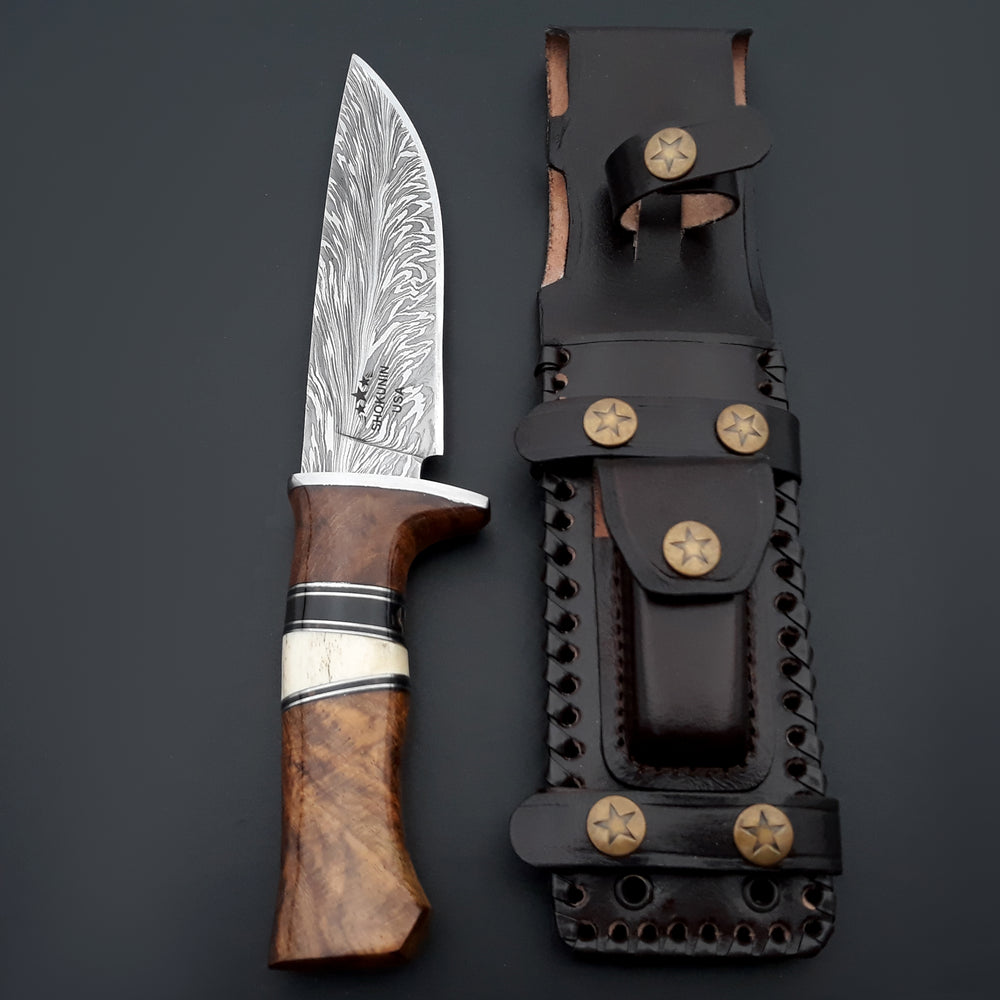
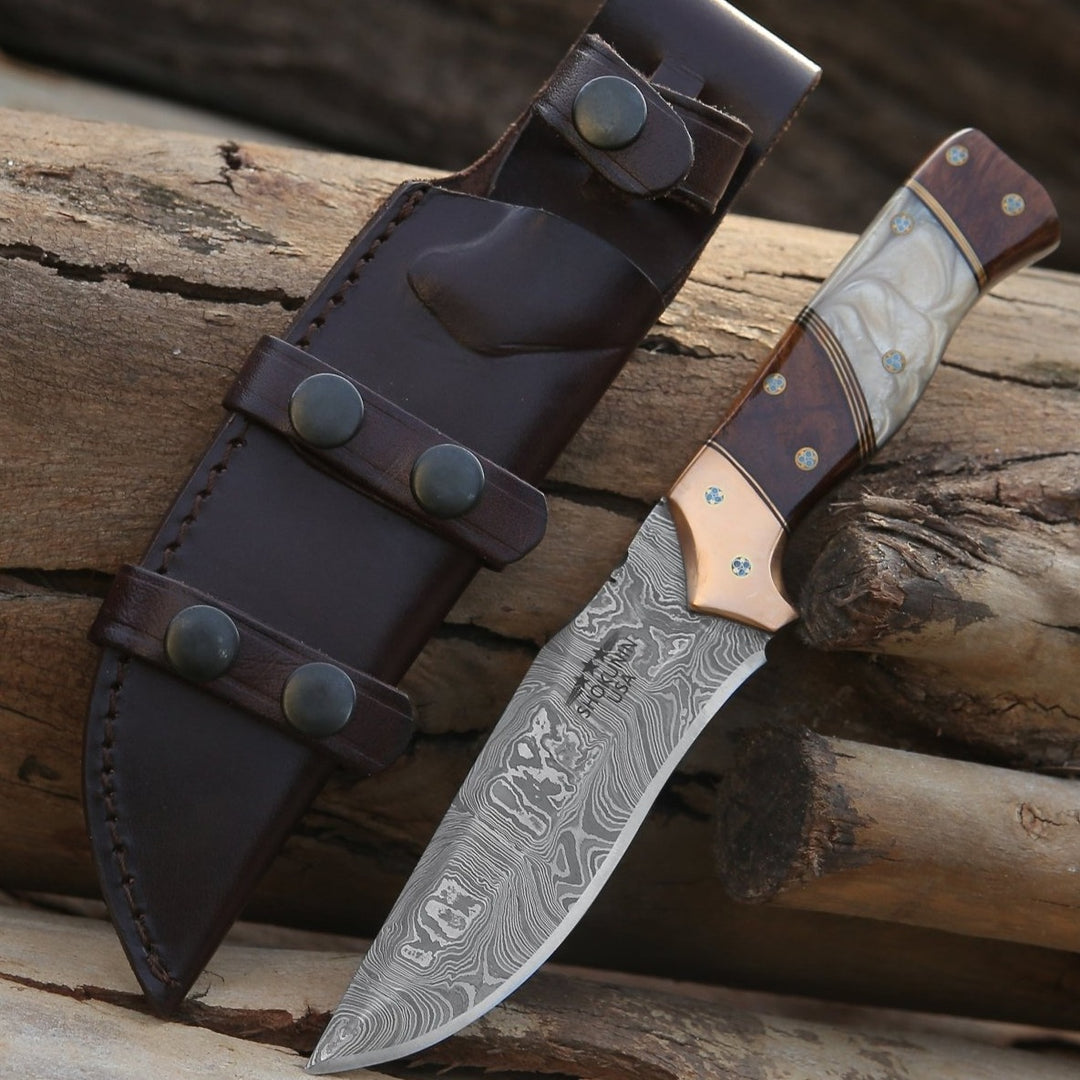
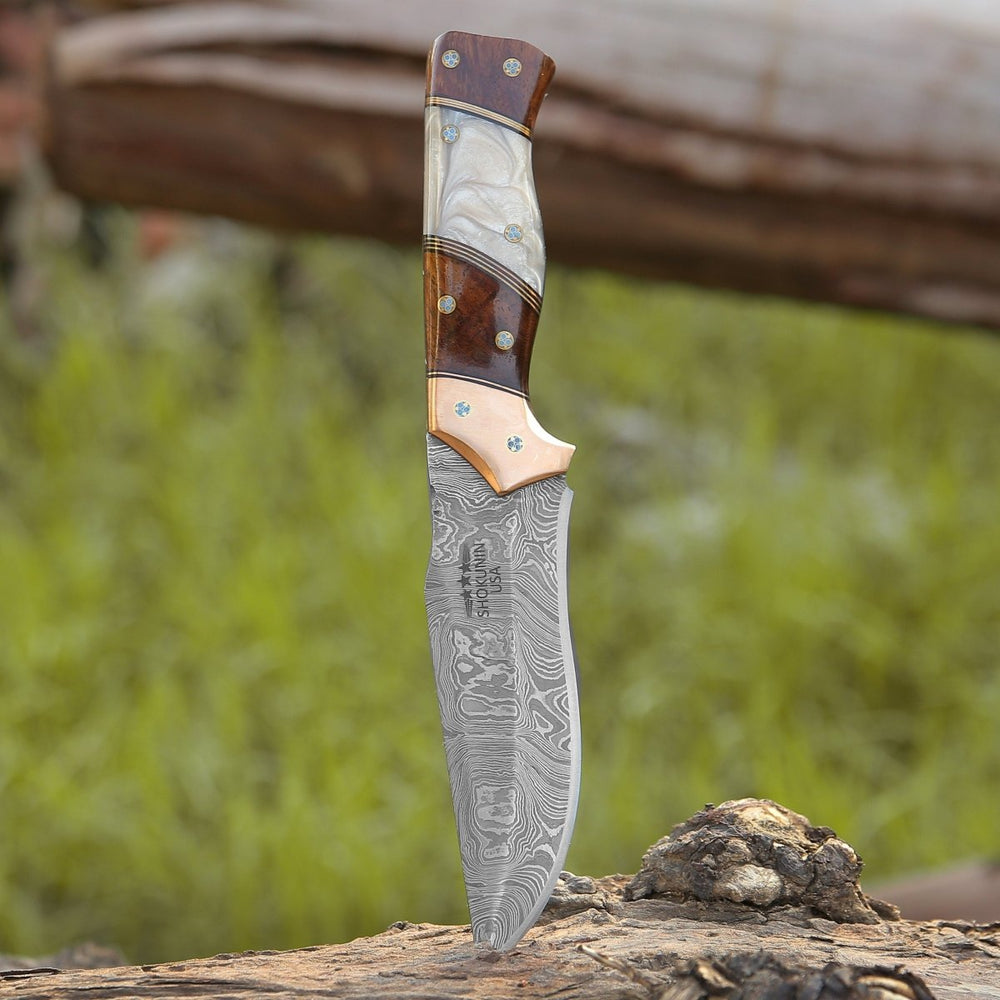
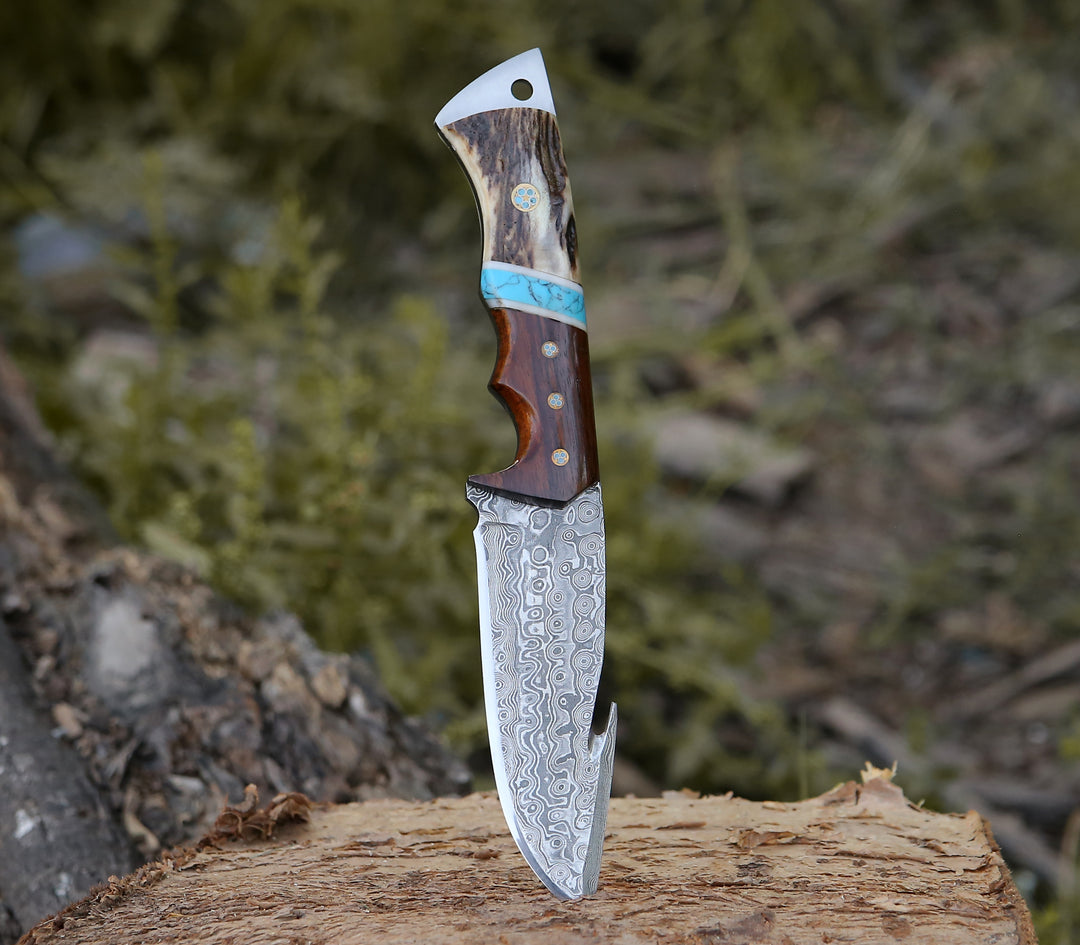
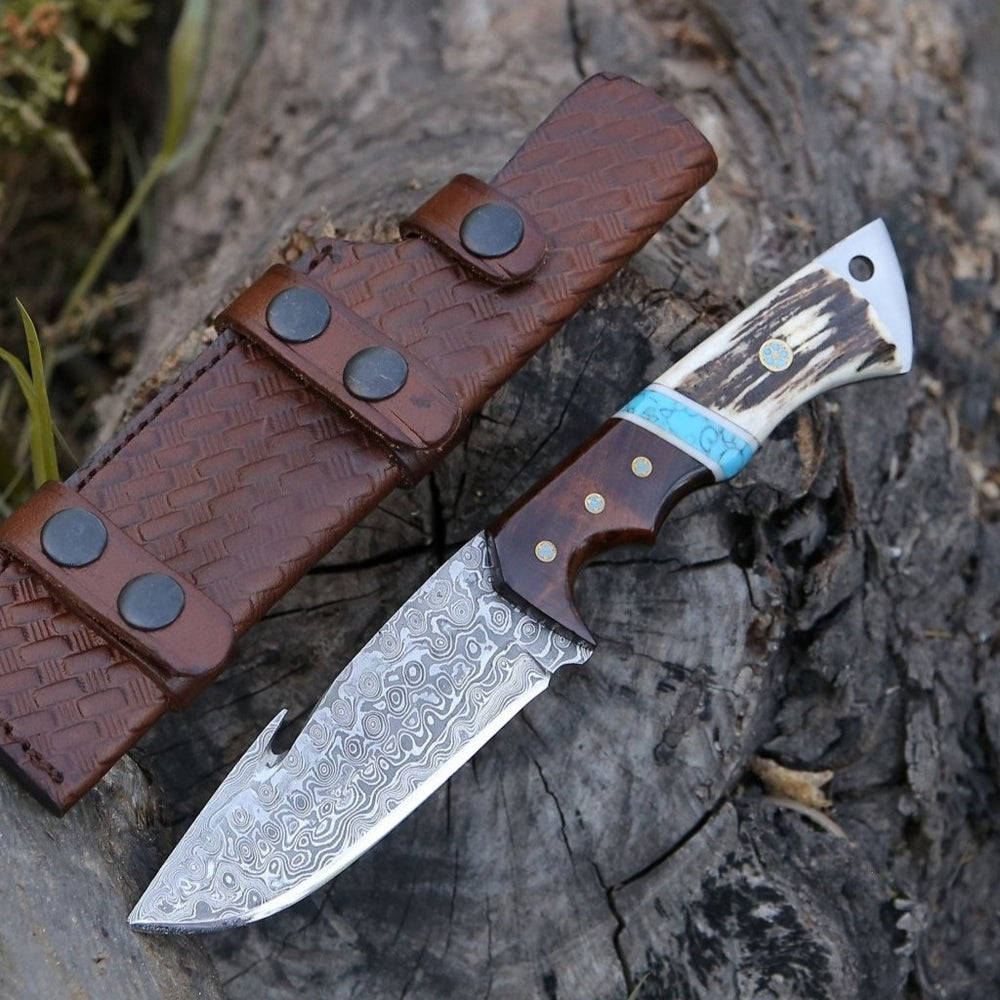
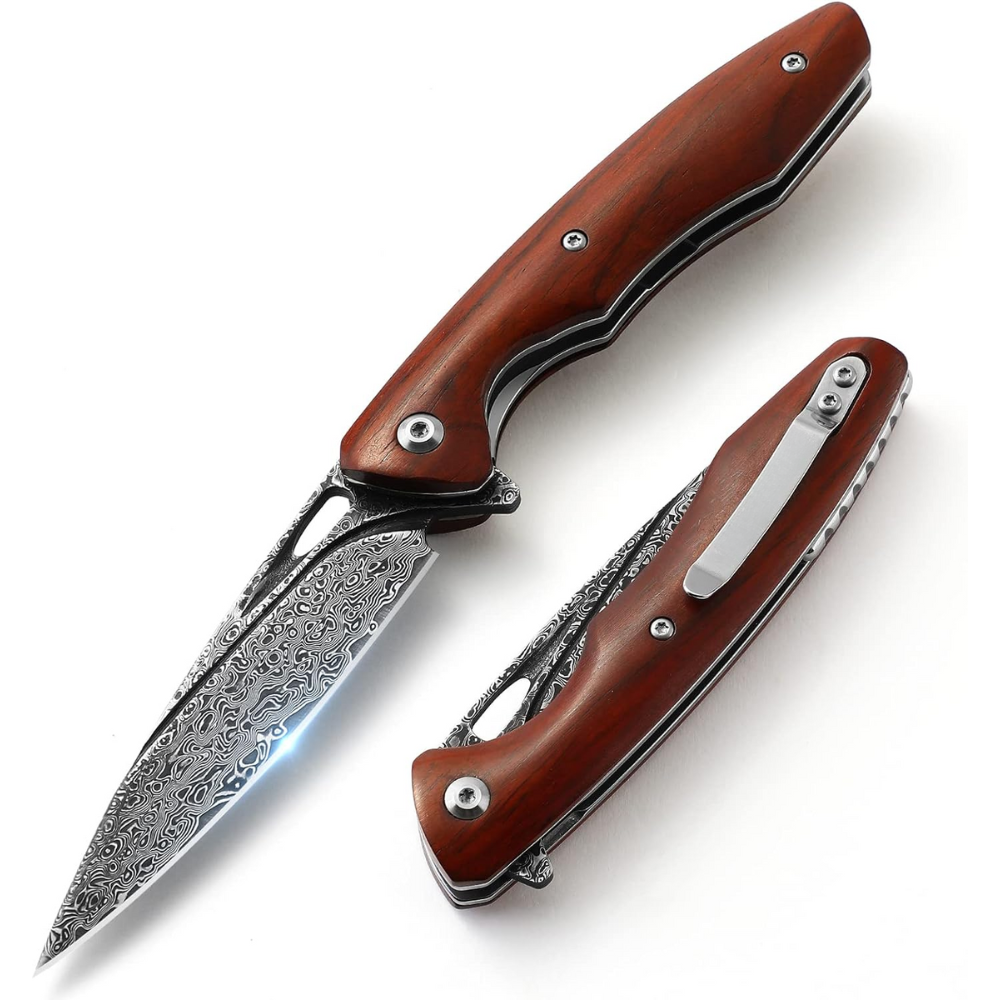

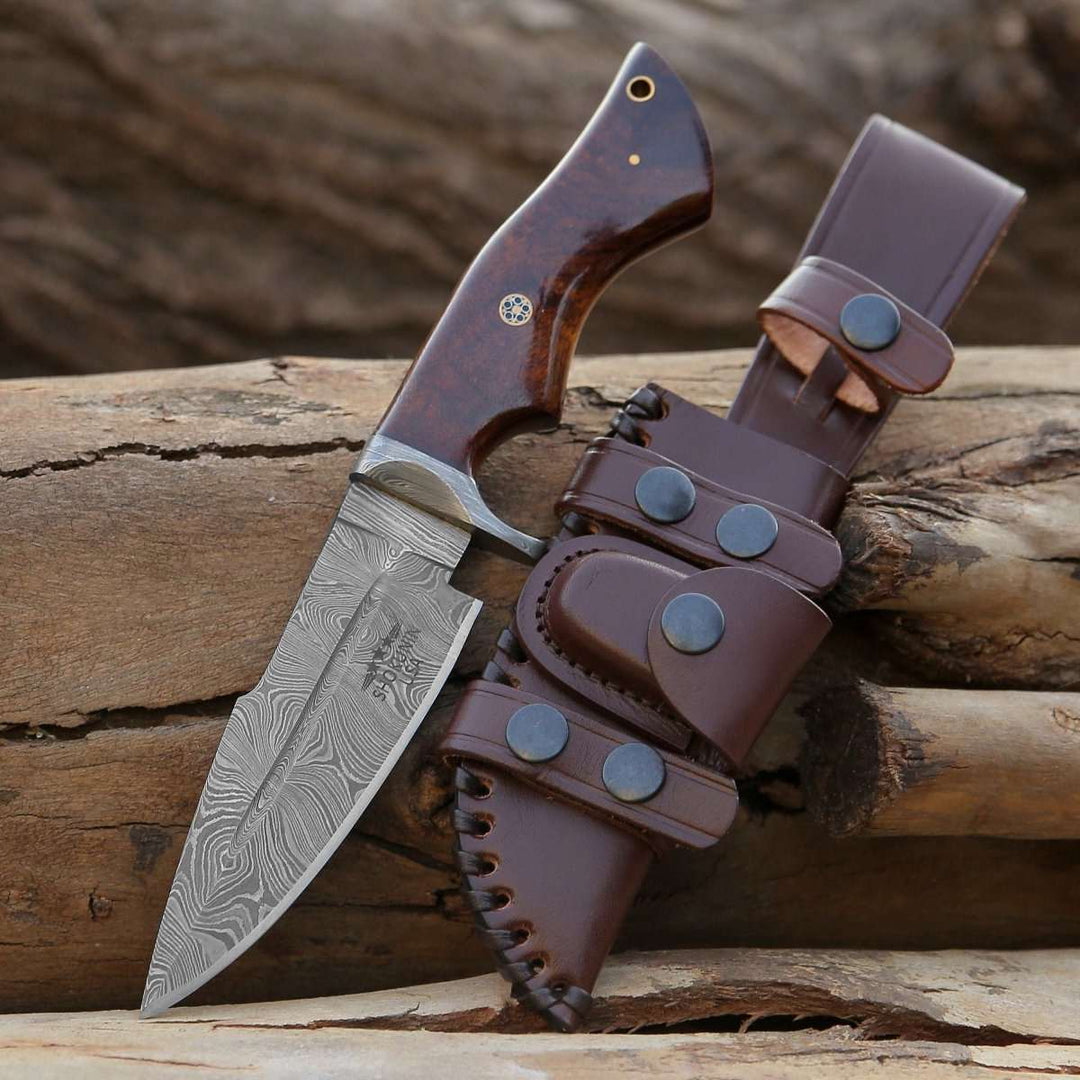
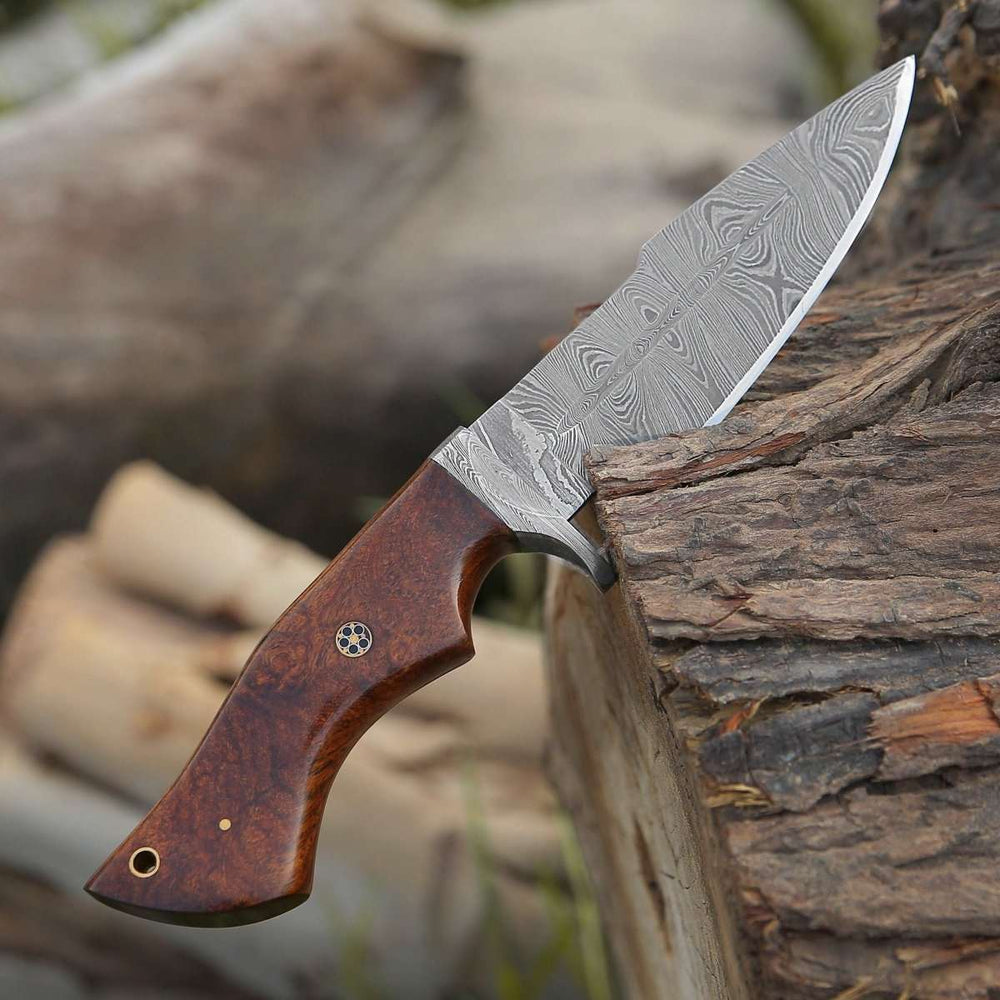
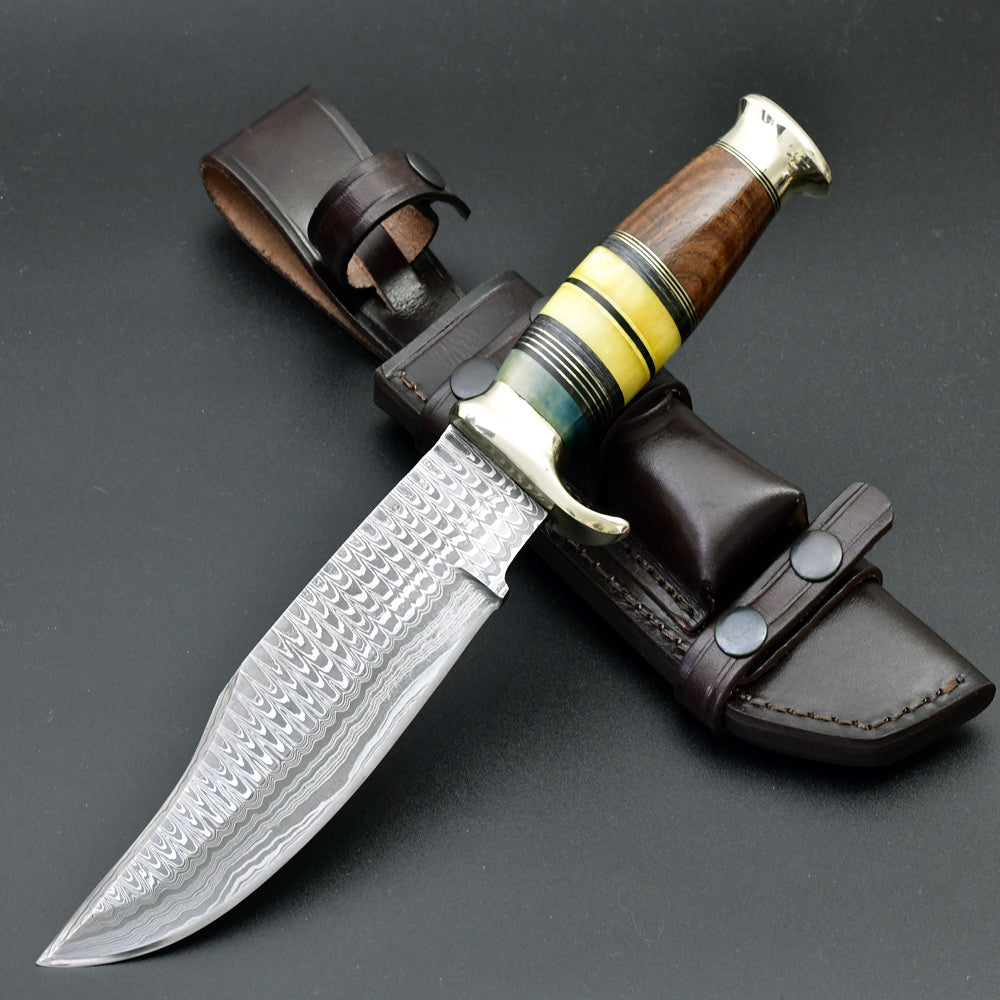
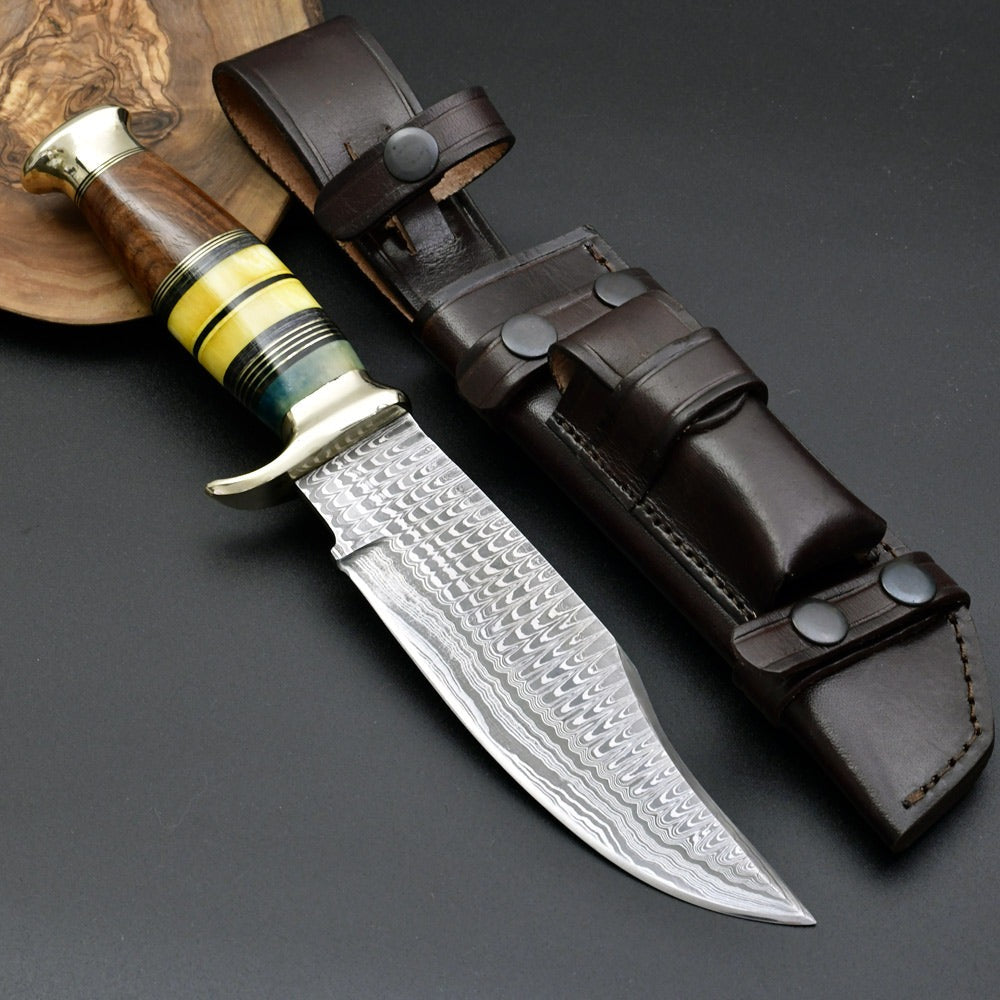
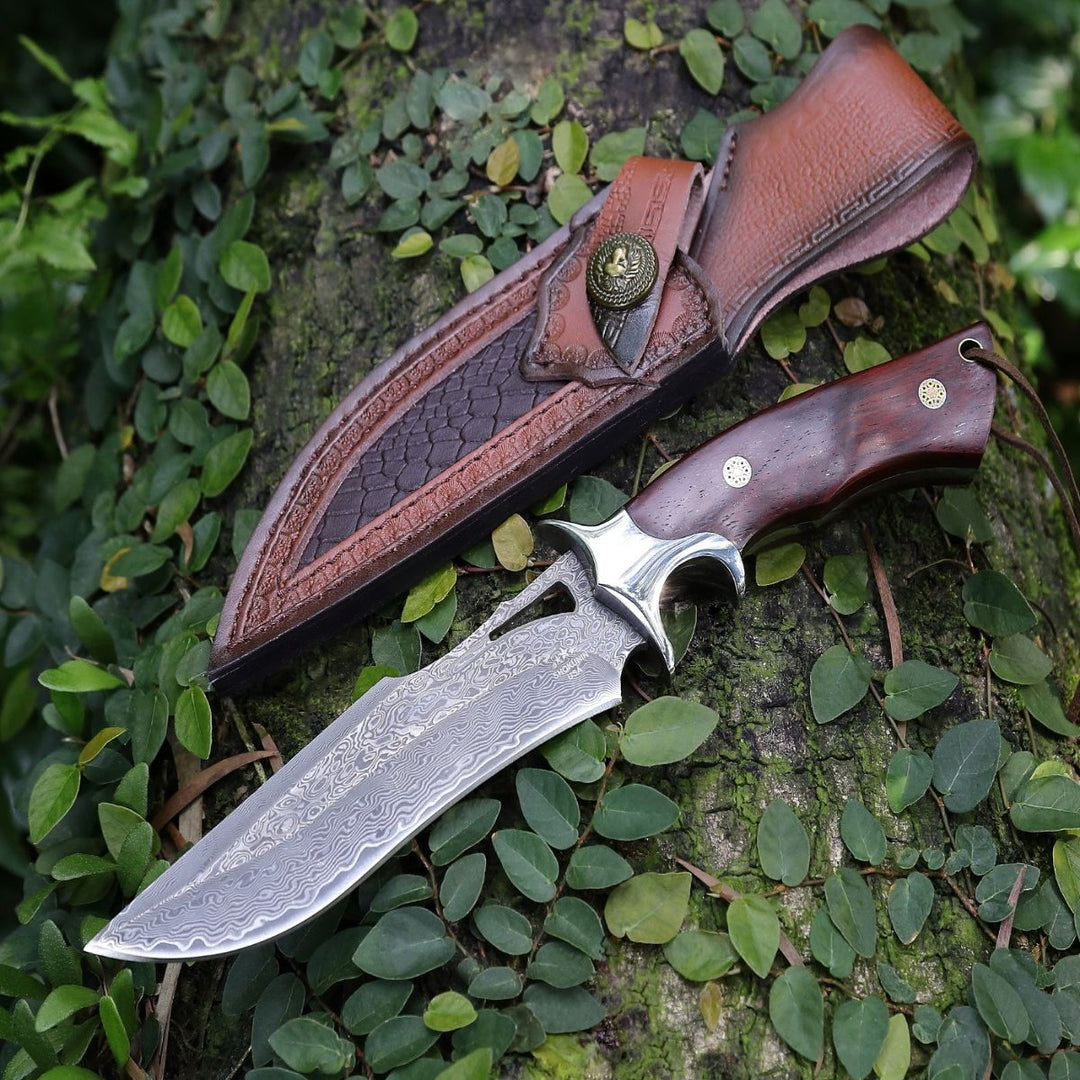
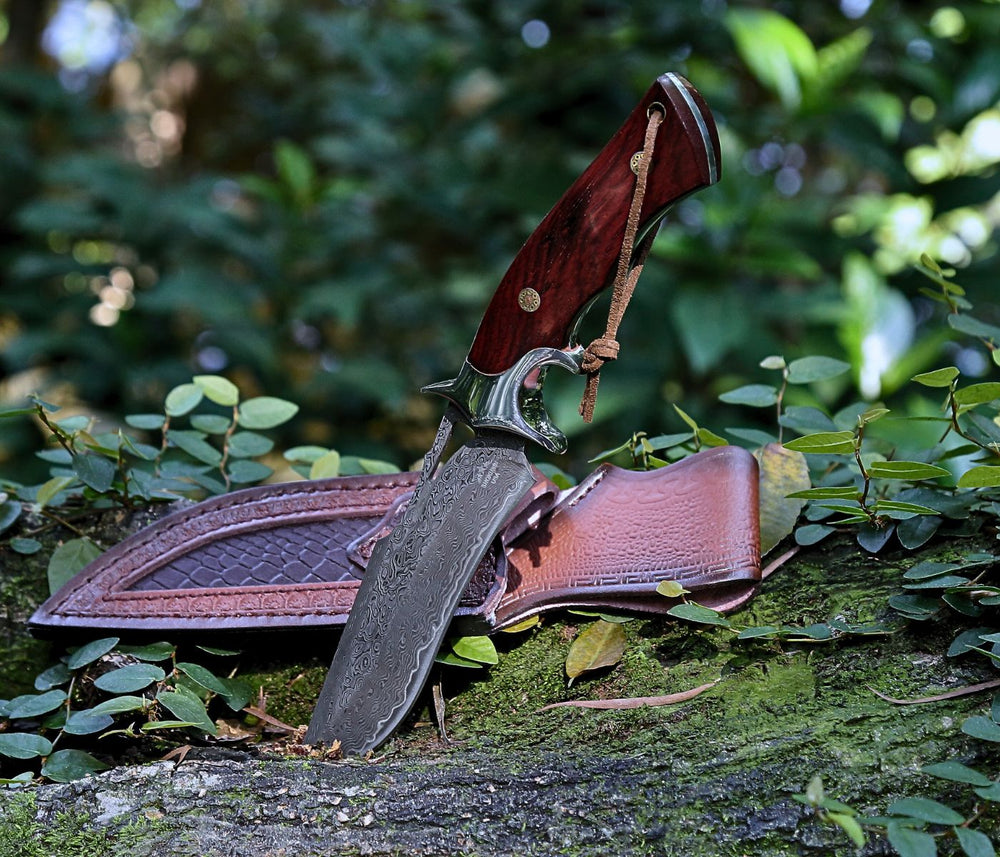
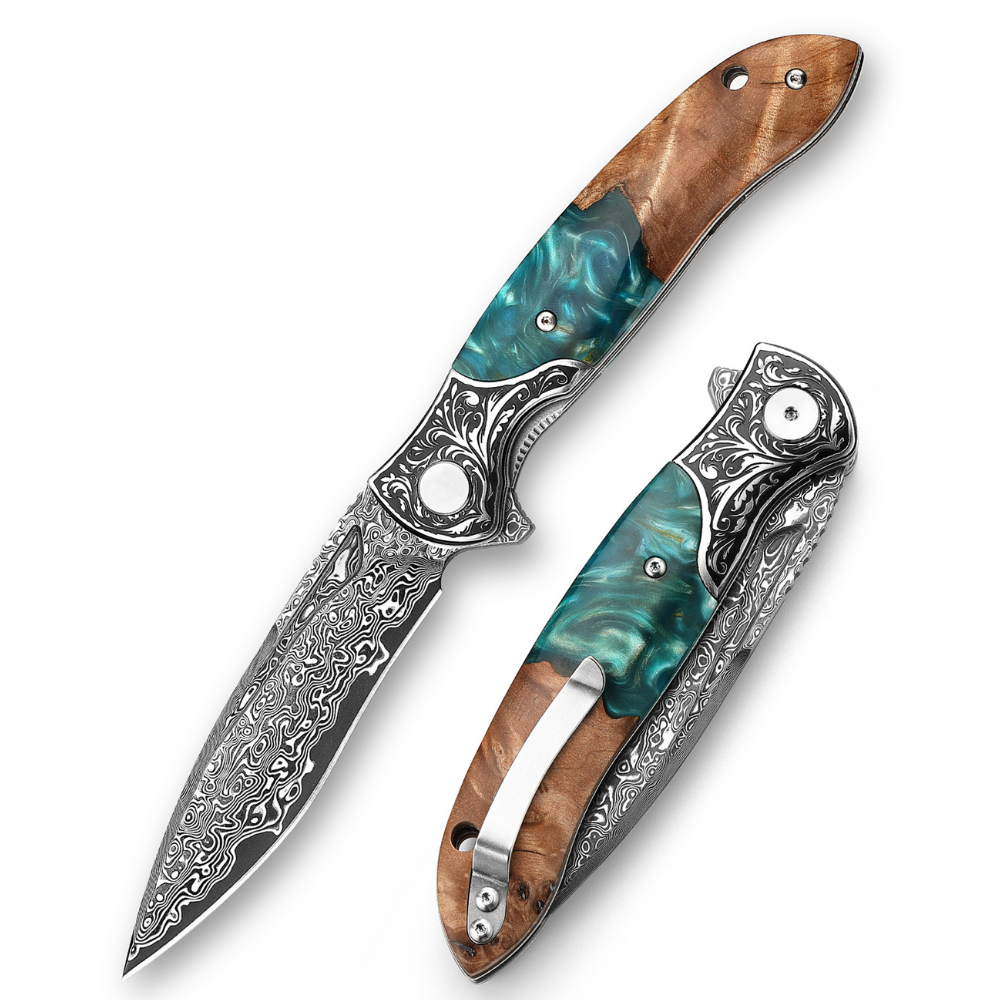
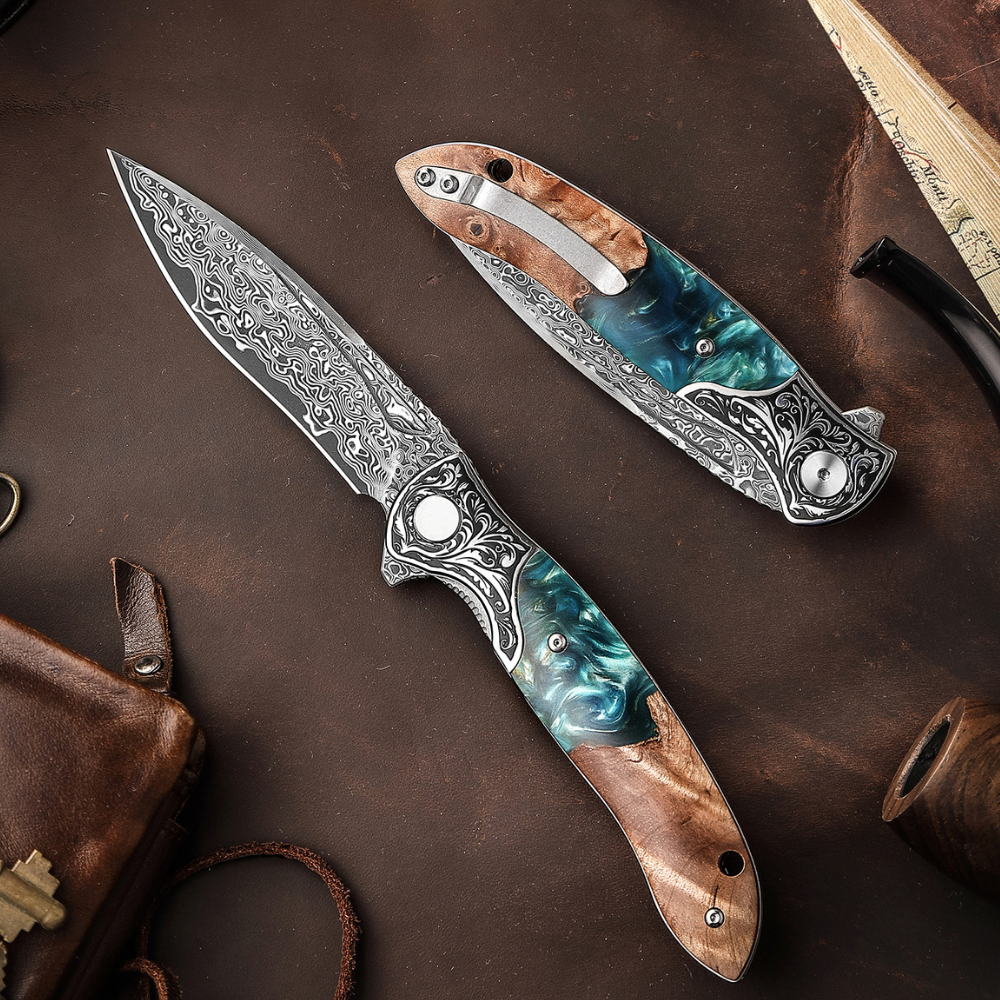
Leave a comment